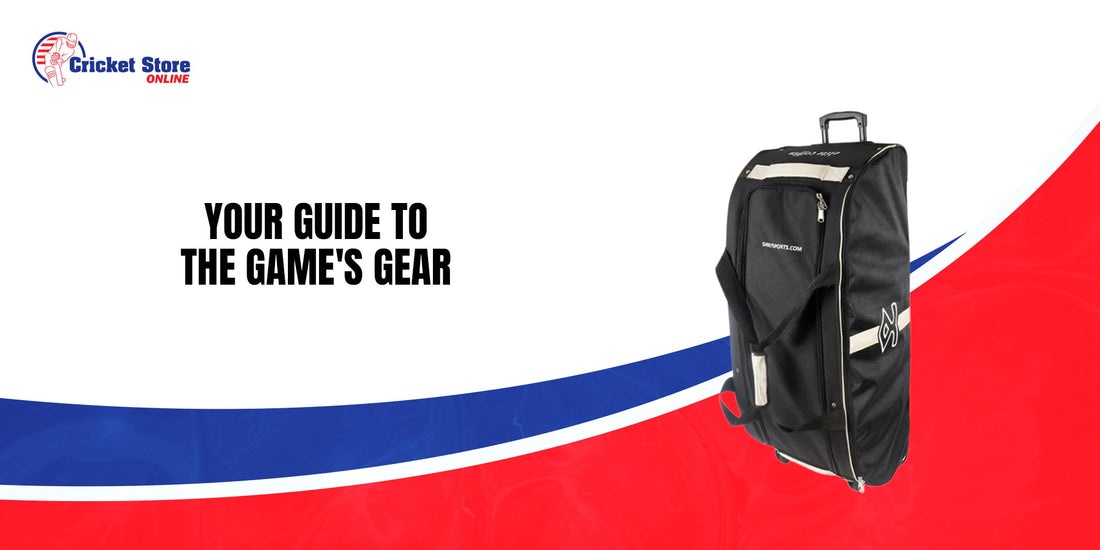A Comprehensive Cricket Equipment Name List with Images: Your Guide to the Game's Gear
The sound of leather on willow, the roar of the crowd, the thrill of a perfect cover drive—cricket is a sport of skill, passion, and precision. But behind every great player is a kit bag full of essential gear that keeps them safe and helps them perform at their peak. For beginners, the sheer amount of equipment can be daunting. What's the difference between batting pads and wicketkeeping pads? What does an abdominal guard do? And what exactly goes into a complete "cricket setup"? If you're a parent trying to find a "cricket kit for 12 year boy" or a new player looking for a "cricket starter kit," this guide is for you. We'll provide a detailed "cricket equipment name list with images" and break down everything you need to know, from the bat to the bails, to get you ready for the pitch.
Understanding the Cricket Kit: Your "Cricket Tool Kit" Explained
At its core, a cricket kit is more than just a collection of items; it's a player's personal arsenal. It contains all the necessary protective gear and playing tools required to safely and effectively participate in the game. Think of it as a specialized "cricket tool kit," where each piece serves a specific purpose. For a batsman, the kit includes a helmet, batting pads, gloves, and a bat. For a wicketkeeper, the gear is slightly different, with specialized pads and gloves. A complete kit ensures that a player is prepared for every aspect of the game, from facing a fast bowler to taking a catch behind the stumps. The quality and type of kit you choose will depend on your skill level, age, and budget. For instance, a junior player's kit will be scaled down in size and weight compared to a professional's.
- Fact: The first recorded use of protective leg pads in cricket dates back to the 1770s, making them one of the oldest pieces of protective gear in the sport.
Batting Equipment Names: Your Armor for the Pitch
When you step out to bat, you are facing a hard, red leather ball traveling at speeds that can exceed 90 mph. Proper protective gear isn't just an option; it's a necessity. This is your armor, designed to protect you from injury while still allowing you the freedom of movement to play your shots.
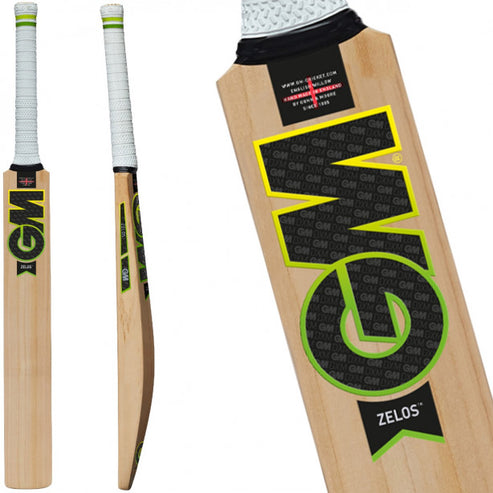
The Cricket Bat: The Heart of the Game
The cricket bat is arguably the most iconic piece of equipment in the sport. The vast majority of cricket bats are made from two types of willow: English Willow and Kashmir Willow. English Willow is the preferred choice for serious and professional players due to its superior performance, lightweight feel, and excellent "ping" or rebound off the blade. Kashmir Willow, on the other hand, is a more budget-friendly and durable option, often found in starter kits and for beginners. The bat's weight and size are crucial. A heavier bat can generate more power but can be harder to maneuver, while a lighter bat offers quicker bat speed and better control.
"A good bat is an extension of your own hands. It must feel right, not just look right." - V. Kohli
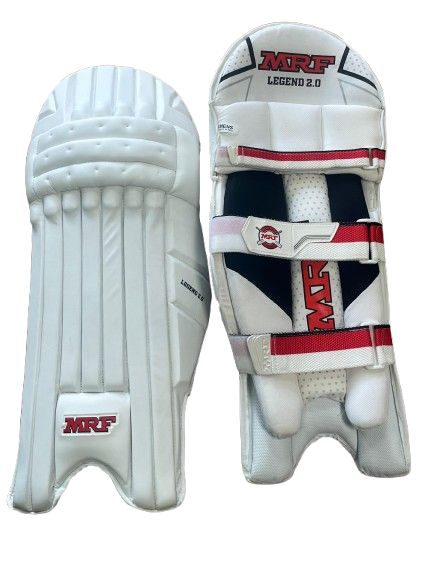
Batting Pads: Protecting Your Legs
Batting pads are worn on both legs to protect the shin, knee, and lower thigh from the impact of the ball. Modern pads are made from a combination of high-density foam, cane, and synthetic materials to provide maximum protection without being overly bulky. When choosing pads, ensure they cover your entire shin and extend to just above the knee for complete protection. The fit should be snug but not restrictive.

Batting Gloves: Grip and Protection
Batting gloves are essential for protecting your hands, particularly your fingers, which are extremely vulnerable to a fast-moving ball. They are designed with reinforced padding, often made from foam and fiber inserts, to absorb impact. The palm of the glove is usually made from leather or a synthetic material to provide a firm grip on the bat handle. A good pair of gloves will offer a balance of protection, flexibility, and comfort.
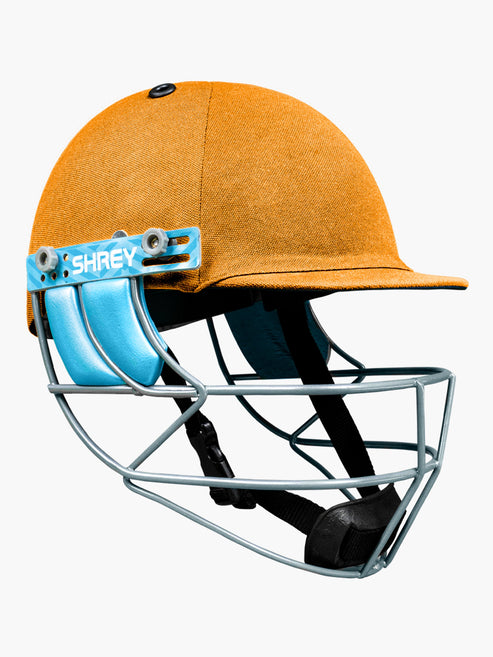
The Helmet: Non-Negotiable Safety
A cricket helmet is the most critical piece of safety equipment a batsman can wear. It protects the head and face from a ball that can cause severe injury. Helmets are now mandatory in most forms of cricket. A good helmet should have a durable outer shell, a shock-absorbing inner lining, and a strong faceguard. Ensure the helmet fits snugly and doesn't wobble when you move your head.

Abdominal Guard/Box: The Vital Protector
Also known as a "box" or "cup," the abdominal guard is a piece of hard, protective gear worn inside a jockstrap or compression shorts to protect a male player's groin area. This is a non-negotiable item, even for casual players.
Wicketkeeping Equipment: The "Cricket Setup" Behind the Stumps
The wicketkeeper has a highly specialized role and requires a different set of protective gear. The "cricket setup" for a wicketkeeper is focused on agility and hand protection, as they are constantly catching balls that can be coming at them at high speeds.
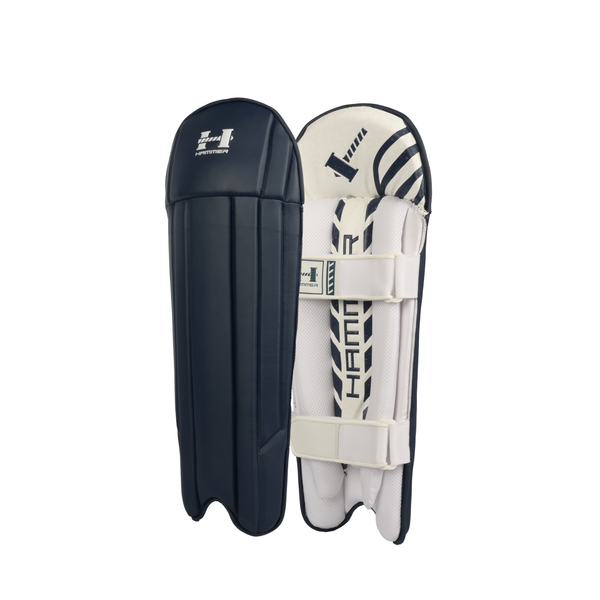
Wicketkeeping Pads: A Different Kind of Protection
Unlike batting pads, wicketkeeping pads are shorter and lighter. They are designed to allow the keeper to move freely and crouch behind the stumps. They provide protection for the shins and knees but are less bulky to ensure maximum mobility.
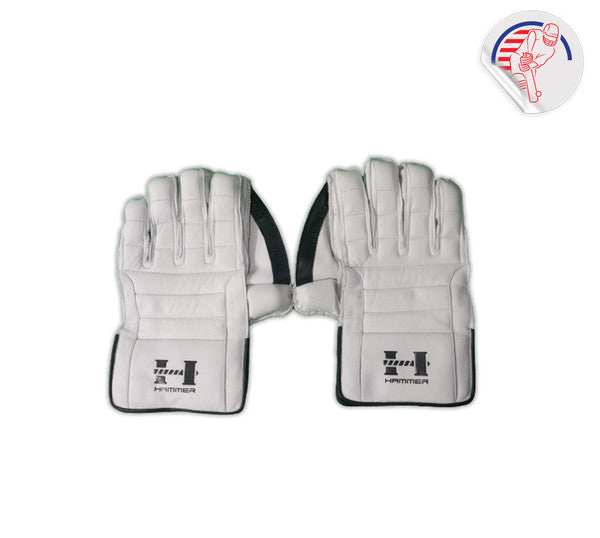
Wicketkeeping Gloves: Hands of Steel
Wicketkeeping gloves are heavily padded, with a distinctive webbing between the thumb and forefinger. This webbing helps to "scoop" the ball and ensures a clean catch. The gloves have a reinforced leather palm for durability and protection. Some gloves feature extra padding on the fingertips to prevent injuries.
The Pitch and Field "Cricket Setup" Equipment
These are the elements that define the playing area and the objective of the game itself. No "cricket tool kit" is complete without these essential items.
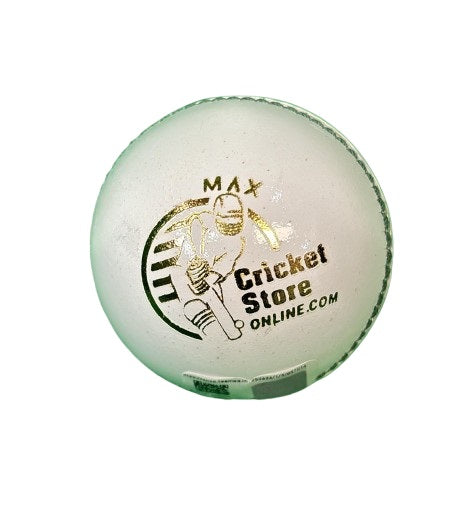
The Cricket Ball: The Center of the Action
Cricket balls are made of cork and wound with string, then covered in a polished leather case. They are traditionally red for Test and first-class cricket, but white balls are used for day/night and limited-overs matches. Pink balls are a more recent innovation for day/night Test matches. A cricket ball is a complex piece of equipment, and its condition is constantly monitored during a match as it affects the way it behaves.
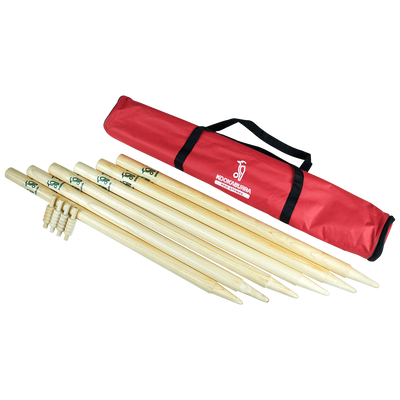
Stumps and Bails: The Ultimate Target
The stumps are three wooden posts hammered into the ground at each end of the pitch. Two small pieces of wood, called bails, rest on top of them. The goal for the bowler and fielding side is to dislodge the bails, while the batsman's job is to protect them. The "cricket equipment crossword clue" of "two pieces of wood on three sticks" is almost always the stumps and bails.
How to Choose the Right "Cricket Starter Kit"
Choosing your first kit can feel overwhelming, but focusing on key factors will make the process simple and enjoyable.
The "Cricket Kit for 12 Year Boy"
For a junior player, especially a 12-year-old, the focus should be on a well-fitting and safe kit. The key is to avoid buying a kit that they will "grow into." Equipment that is too large or heavy will be cumbersome and can actually increase the risk of injury. Look for a kit that includes all the essential protective gear and a bat that is the appropriate size and weight for their height and strength.
Table: Cricket Bat Sizing Guide (Approximate)
| Player Height (ft) | Recommended Bat Size |
|---|---|
| 4'9" - 5'2" | Harrow (H) |
| 5'2" - 5'6" | Size 6 |
| 5'6" - 5'9" | Size 5 |
| 5'9" - 6'0" | Size 4 |
What to Look for in a "Cricket Setup"
Before you finalize your purchase, consider these tips:
- Safety First: Ensure the helmet is certified and fits snugly. The pads and gloves should cover all vulnerable areas.
- Fit and Comfort: Try on all the equipment. It should not restrict your movement. A good fit is crucial for both safety and performance.
- Quality vs. Cost: A beginner doesn't need a top-of-the-line professional bat, but investing in a decent quality helmet and pads is always a good idea. A "cricket starter kit" from a reputable brand will often offer a great balance.
The "Cricket Equipment Crossword Clue" Solved: A Summary of Your Gear
Whether you're a seasoned pro or just starting out, understanding your cricket gear is fundamental to playing the game safely and with confidence. This guide has hopefully answered your questions and given you a clear "cricket equipment name list with images" to use as your go-to reference. From the essential "cricket tool kit" that a batsman carries to the specialized gear of a wicketkeeper, every piece of equipment plays a vital role.
So, the next time you hear a "cricket equipment crossword clue," you'll know that the answer isn't just a single item, but a collection of gear that represents the very essence of the game.
Ready to get started? Explore our wide range of beginner and professional cricket kits, individual equipment, and more at cricketstoreonline.com. We have everything you need to build your perfect "cricket setup" and step onto the pitch with confidence.

